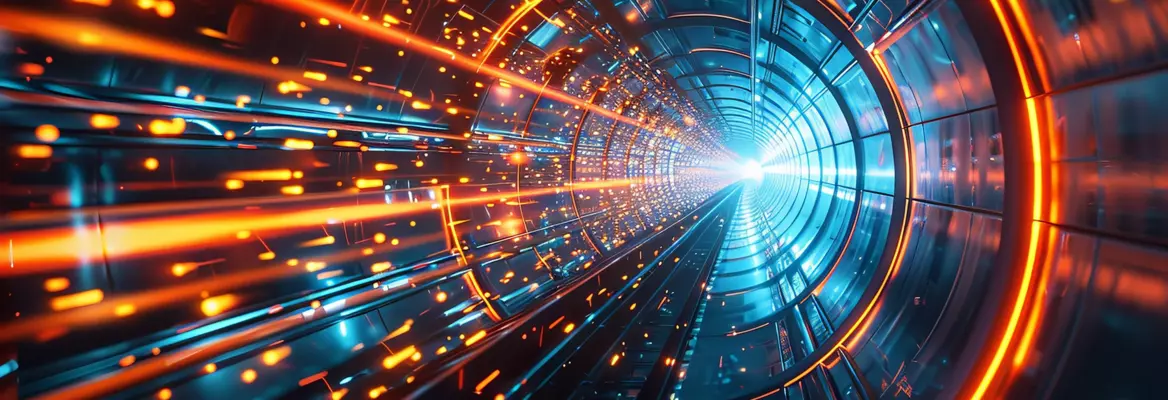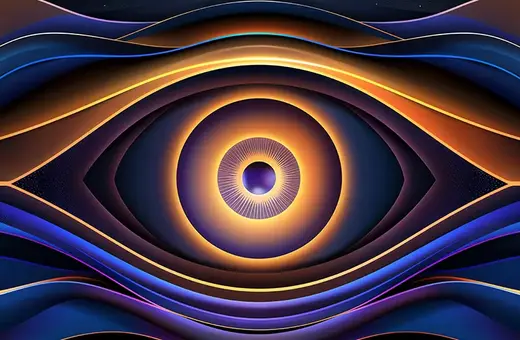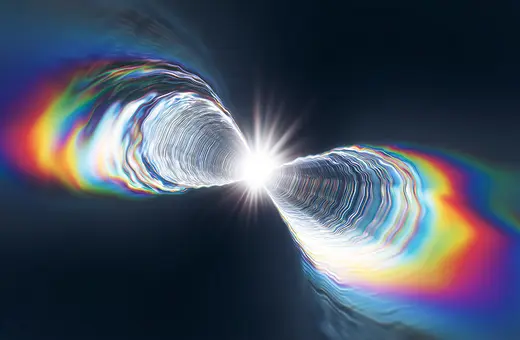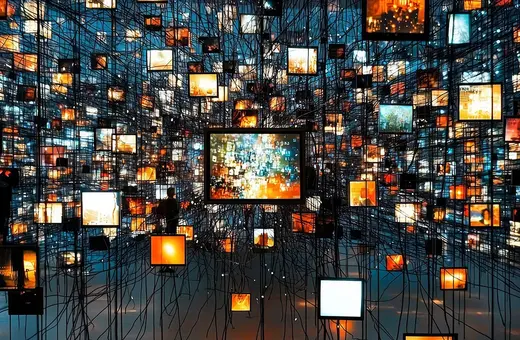The Standard Model of Particle Physics is our most experimentally verified theory of nature having its final test in 2012 with the discovery of the Higgs Boson. With this, many thought we wouldn’t see any new physics beyond the Standard Model and that it was complete, but as Adam Koberinski writes, the Higgs discovery was not a verification but rather a falsification of the effective field theory framework in which the Standard Model subsides.
When the Higgs boson was discovered and confirmed in the early 2010s, a decades-long quest to empirically confirm every aspect of the Standard Model of particle physics came to a close. Along with this triumph came disappointment — there was no further evidence for any proposed theories of physics beyond the Standard Model. Despite the major success, certain theoretical problems remain unresolved, and the way forward is no longer clear.
The Standard Model of particle physics crystallized in the mid-1970s, and describes the elementary physics of all terrestrially known types of matter. It describes three of the four fundamental physical forces: the strong nuclear force, the weak nuclear force, and the electromagnetic force. Only gravity, and gravitational mass-energy like dark matter and dark energy, fall outside its scope. When first proposed, the Standard Model predicted the existence of several elementary particles that had yet to be discovered. Over the next several decades, these missing pieces were found in particle accelerators reaching higher and higher energies, culminating with the Higgs boson in 2012.
Experimentally, then, the Standard Model seems to be a stunning success — all and only the particles that it predicts have been found. So why has the failure to discover new physics at CERN’s Large Hadron Collider caused a crisis among particle physicists? One answer is simple: we are still searching for evidence in favour of one of several candidate theories of quantum gravity, and we are running out of the most obvious places to look. But that answer is not the full story. It turns out that new physics near the Higgs mass scale was required in order for the Standard Model to remain theoretically consistent. Understanding the scope of the crisis requires digging a little deeper into the theoretical framework underlying the Standard Model.
The Standard Model is constructed within the framework of quantum field theory, which merges quantum physics with the relativistic spacetime structure discovered by Einstein. Quantum field theory is a framework in the sense that it provides a scaffolding of concepts, constraints, and mathematical formalism within which to construct particular theories. The theory of quantum electrodynamics, for example, is a particular quantum field theory of electromagnetic interactions.
___
Regularization involves putting limits into the theory to render the infinite quantities finite ... Renormalization is the process of altering the theory so that it makes predictions that do not depend on the particular value of regulator limit, and that therefore remain finite even after these limits have been removed.
___






















Join the conversation